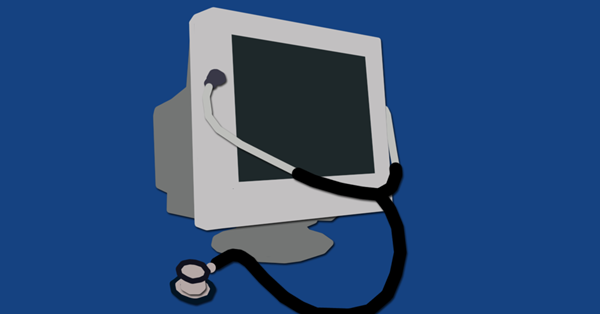
Okay, we’re not there yet, but robotic technology influences medical care and society as a whole in new ways every day. Our world is increasingly filled with robots. For example, robotic arms have been heavily used for years in manufacturing cars, but now driverless cars are hitting the road. While some may think of artificial intelligence (AI), i.e. the mimicking of human cognition by computers, as mostly fun novelties in Sci-Fi movies, or fun toys like the early days of the Tamagotchi™, and Furby doll™ – this technology is shaping entire industries and life as we know it.
Discussing how AI impacts workplaces and the future of our nation’s workforce, a recent New York Times Magazine article titled “Learning to Love our Robot Co-Workers” offers a story of a factory using robots that adapt to humans performing tasks alongside them in workplace settings. For example, if the robot bumps into someone, it stops. The robots are also easily reprogrammable to do new tasks.
Amid many cases of automation replacing humans in factories across the United States, this case study finds that the robots turned the company’s finances around, making the business more productive (without the company having to lay off any human employees).
Understanding how to work with new artificial intelligence may also be the key to innovation and growth in medicine in the years ahead. In a recent JAMA viewpoint, Saurabh Jha, MBBS, MRCS, MS, an associate professor of Radiology, and colleague Eric Topol, MD, of Scripps Research Institute, note that clinicians and radiologists are seeing an increasing role for artificial intelligence in patient care.
Here at Penn Medicine and other academic medical centers, robotic surgery is already used in performing low-risk outpatient surgeries, such as prostatectomies for prostate cancer, colectomies for colon cancer, and other procedures. But, how did we get here and what technology is ahead for care providers?
Radiologists have always held machines and technology in high regard dating back to the early days of the field. The authors write that the capacity for learning seen in these devices is changing the field for the better. For example, Watson, the IBM prototype for AI, can identify a pulmonary embolism on a computed tomography (CT) scan and find an abnormal wall motion on an echocardiography. “Watson has a boundless capacity for learning,” the authors write. “Watson may become the equivalent of a general radiologist with super-specialist skills in every domain.”
With an ability to grasp an increasing amount of knowledge and skills, at first glance these robots may seem like a threat to radiologists, but the authors argue that radiologists have nothing to fear if they adapt strategically to these industry changes.
The authors write that some radiographic analyses can be automated, but others cannot. The purpose for robots stands in relatively routine, simple tasks, like screening for lung cancer on a CT scan. Such automation has already proven successful in the area of pathology, such as performing cell counts, as well as typing and screening blood, allowing pathologists to focus on more complex tasks. A possible way to support this innovation is merging both radiology and pathology into the role of an “information specialist.” This new position won’t be focused on the traditional role of pulling data from images and histology, but rather manage that data extracted by AI as it applies to a patient’s individual care. Robots would simply free up time for the information specialist to interpret this valuable data, perhaps consult on whether another diagnostic test may be needed, and process this data to most effectively inform clinicians on a patient’s condition.
Both disciplines working alongside one another could profoundly increase the scale of data that radiologists and pathologists could interpret. Doing so may lower costs and increase the reach of important care in parts of developing countries that may otherwise not receive it.
“The merger is a natural fusion of human talent and artificial intelligence,” the authors said. “United, radiologists and pathologists can thrive with the rise of artificial intelligence.”